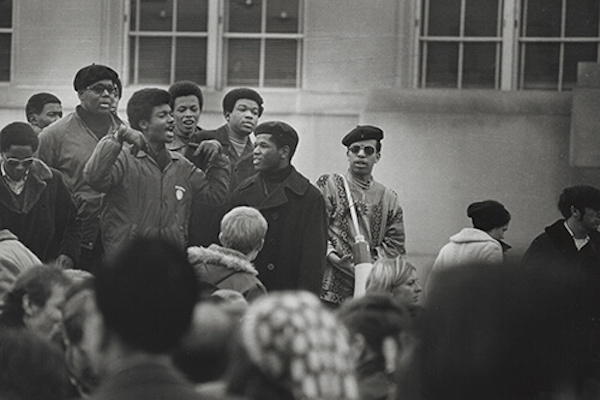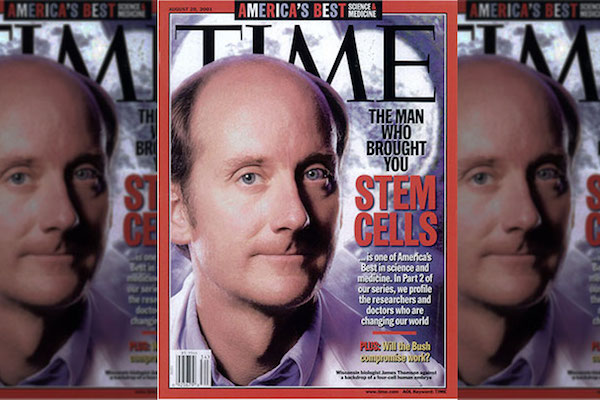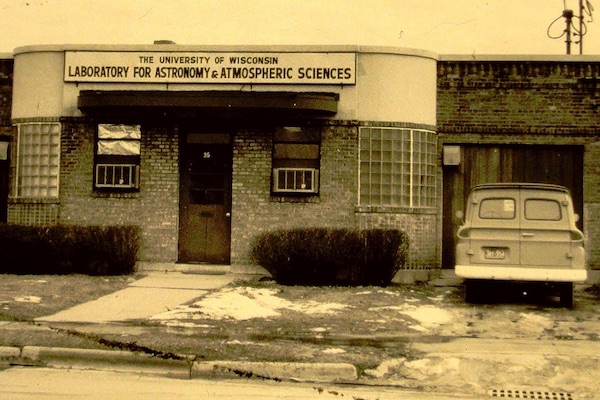Change the subject with these 7 UW deep dives
COVID-19 has dominated the news, and for good reason. But if you’re needing a break, we offer these multimedia features — rich with narrative, photo, audio and video content — from the University Communications archive for your consideration. Take a deep dive into a few of the areas of groundbreaking research, compelling history and boundless exploration by the groundbreakers who have helped make UW–Madison the place it is today. The coronavirus headlines will still be there. But for now, travel with us to different times and different places, even if only temporarily.
In February 1969, dozens of black students at UW–Madison led thousands of their campus allies in a protest over what they considered lackluster progress on university race relations. The students boycotted classes, took over lecture halls, blocked building entrances, and staged marches and rallies. The Black Student Strike of 1969, one of the largest in the university’s history, would forever alter the campus. The Afro-American Studies Department, considered one of the most tangible outcome of the strike, recently commemorated its 50th anniversary. In 13 Demands, participants recount why the strike was needed, what they did, and how it changed the university and their lives.
There was a time when a woman’s place was in the home. At least that’s what society told her. Today a woman’s place is wherever she wants it to be. And it is most certainly at the UW. An early landmark in this change happened in 1869 when the first six women received undergraduate degrees from UW–Madison. UW Women at 150 celebrated this anniversary and also recognized the challenges that still exist. Lorraine Hansberry, Ada Deer and Signe Skott Cooper are just a few of the women you can read about. And watch a related video that takes a historical look back at the contributions women have made and continue to make on campus.
Origins
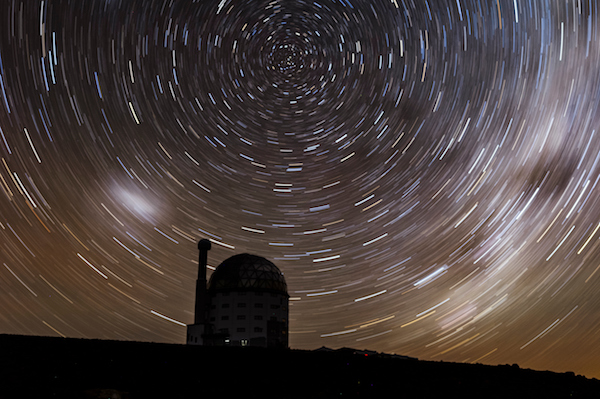 Ever wondered what it’s like to unearth a long-buried human ancestor? Or peer into the night sky to discover the mysteries of galaxy evolution? A team from University Communications — videographer Justin Bomberg, photographer Jeff Miller and science writer Kelly April Tyrrell — accompanied scientists and explorers 8,779 miles from Madison to Johannesburg, South Africa, to tell important UW-focused stories around the search for origins: the origins of life on Earth, the origins of galaxies in the universe, and the origins of humankind. The resulting feature is Origins, which documents amazing work by some of UW–Madison’s most adventurous personalities.
Ever wondered what it’s like to unearth a long-buried human ancestor? Or peer into the night sky to discover the mysteries of galaxy evolution? A team from University Communications — videographer Justin Bomberg, photographer Jeff Miller and science writer Kelly April Tyrrell — accompanied scientists and explorers 8,779 miles from Madison to Johannesburg, South Africa, to tell important UW-focused stories around the search for origins: the origins of life on Earth, the origins of galaxies in the universe, and the origins of humankind. The resulting feature is Origins, which documents amazing work by some of UW–Madison’s most adventurous personalities.
A Turning Point: Six Stories from the Dow Chemical Protests on Campus
On Oct. 18, 1967, a sit-in against the Dow Chemical Company erupted into violence as Madison police officers in riot gear forcibly removed antiwar demonstrators from the Commerce Building, now known as Ingraham Hall. Thousands became caught up in the ensuing melee, some as active participants, others as spectators and bystanders. The clash propelled UW–Madison to the forefront of the growing movement against the Vietnam War. Fifty years later, six alumni reflected on how the Dow protests altered their lives. Their memories anchor A Turning Point, which explores and documents that momentous time.
In 1998, UW–Madison developmental biologist James Thomson introduced the world to the first laboratory-derived human embryonic stem cells. His lab’s accomplishment underpinned the new field of regenerative medicine, and the all-purpose cells are used worldwide to test drugs, develop treatments for diseases, and further our understanding of basic human biology. Twenty years later, Stem Cells at 20, produced in collaboration with the Morgridge Institute for Research, showed how UW–Madison remains at the forefront — an internationally recognized leader in stem cell research.
In December 1968, the world’s first autonomous space-based astronomical observatory, OAO-2, helped set the stage for a new era of astronomy. Its payload included seven telescopes from UW–Madison, designed and built by a plucky band of scientists in an unassuming warehouse on South Park Street. From those humble beginnings came the first sustained view of the cosmos from space and a trove of data on the ultraviolet universe. Reach for the Stars includes interviews with the people who made it happen.
Homo naledi
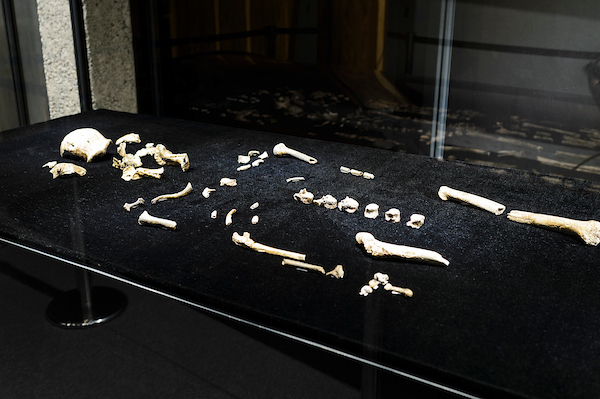 Working in a cave complex deep beneath South Africa’s Malmani dolomites, an international team of scientists brought to light an unprecedented trove of hominin fossils — more than 1,500 well-preserved bones and teeth — representing the largest, most complete set of such remains found to date in Africa. The discovery of the fossils, cached in a barely accessible chamber in a subterranean labyrinth not far from Johannesburg, adds a new branch to the human family tree — the creature dubbed Homo naledi.
Working in a cave complex deep beneath South Africa’s Malmani dolomites, an international team of scientists brought to light an unprecedented trove of hominin fossils — more than 1,500 well-preserved bones and teeth — representing the largest, most complete set of such remains found to date in Africa. The discovery of the fossils, cached in a barely accessible chamber in a subterranean labyrinth not far from Johannesburg, adds a new branch to the human family tree — the creature dubbed Homo naledi.

